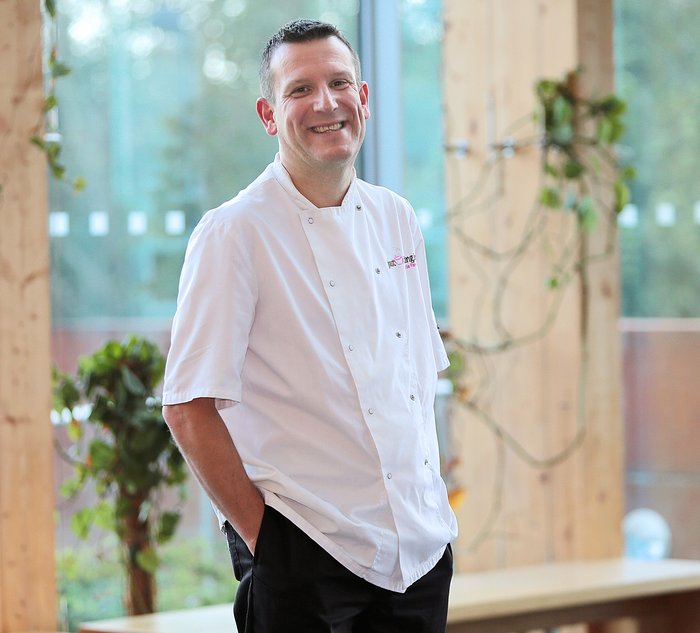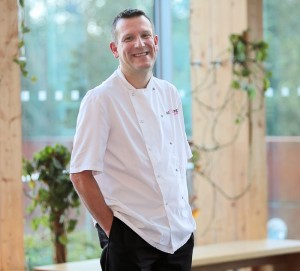 Our food expert, Mark Doe of ‘Just Cooking’ in Firies, on the artistry involved in cooking with chocolate
Our food expert, Mark Doe of ‘Just Cooking’ in Firies, on the artistry involved in cooking with chocolate
Working with chocolate is something that takes years of practice.
It takes a special kind of chef to work with chocolate. Like perfect chocolate masterpieces, they need to be cool and well tempered.
I have been lucky enough to have worked in five-star hotels, that have specialised temperature and humidity controlled chocolate rooms, where a chef will work with chocolate.
They are always very cool headed; surprisingly slim and they live and breathe chocolate, yet they won’t give much away about their craft.
Continued below…
Amazingly they always seem to have the cleanest chefs uniform in the kitchen!
I remember as a young chef, watching in awe as they produced amazing sculptures, perfect tortes and delicate petit fours.
Occasionally I would sneak into the chocolate room and help myself to a few petit fours and the smell is still one of my fondest memories of working in London.
The patience required to perfectly temper chocolate is a skill that very few chefs have or fully understand.
I have worked with chocolate over many years and the many uses of it and the skill required to produce it still amazes me.
So here’s a simple recipe for easy chocolate mousse.
Try adding some Baileys to the mousse and sprinkle with chopped hazelnuts before serving. Everyone loves this mousse and it takes no time to produce.
Serves 4-6
200g good quality milk chocolate
200 ml ready made custard
250ml cream
1. Melt the chocolate in a heatproof bowl set over a pan of Simmering water.
2. Once melted remove from the pan and allow to cool slightly.
3. Whip the cream until soft peaks are formed.
4. Place the custard in a bowl and whisk in the melted chocolate. Whisk until completely combined.
5. Gently stir through the whipped cream and spoon into 6 ramekins or martini glasses.
7. Place in the fridge for at least one hour to set.














